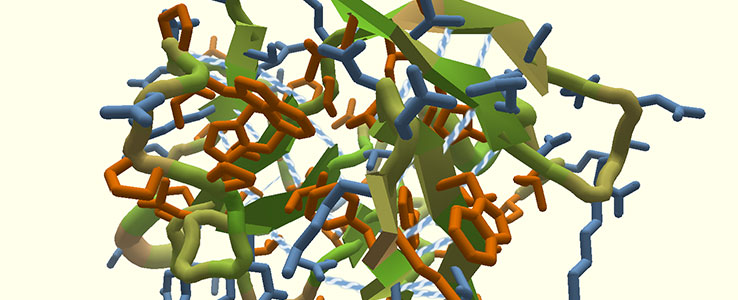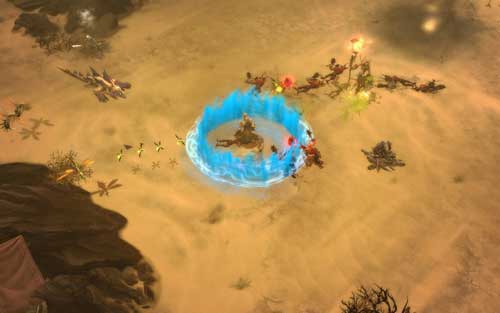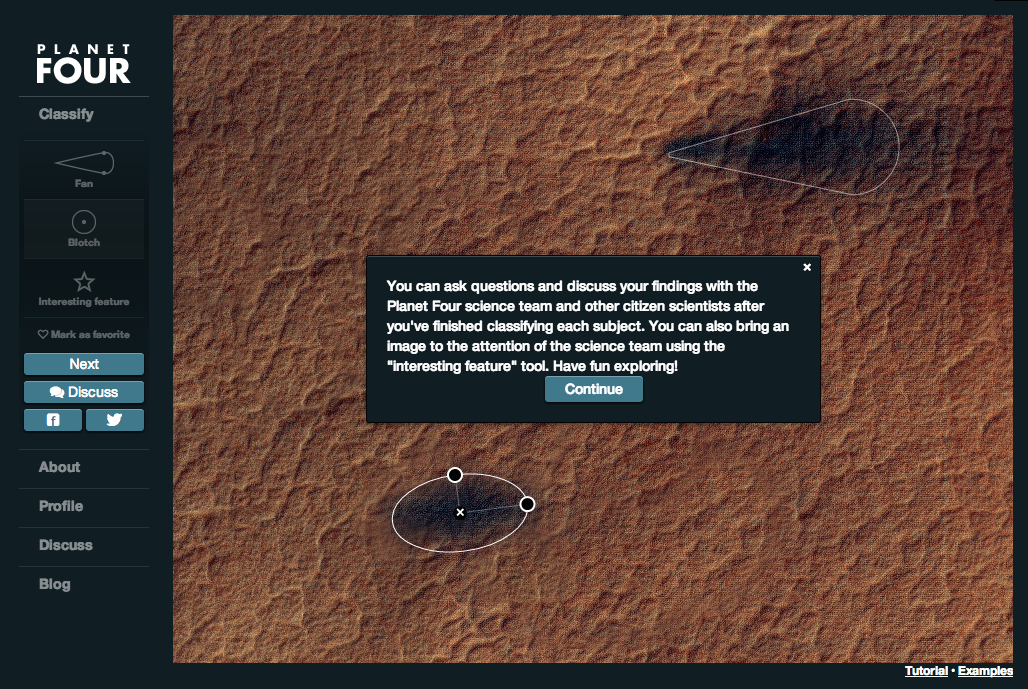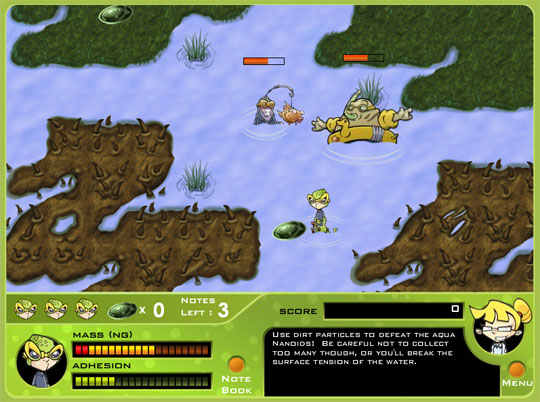

Jay Laird, a faculty member in the Digital Media Program, co-designed the game design concentration at Northeastern.
Games are a growing part of our lives, and in more ways than you might think.
Thanks to our mobile devices, we can always kill that few minutes’ wait for a train with a game of Bad Apples. With services like Beeminder we can gamify our day-to-day tasks by betting money on whether we’ll complete them. And with the availability of free educational resources like DuoLingo on our computers, tablets, and phones, we can turn that “one more game” urge into a few minutes or a few hours of foreign language learning.
So games can help us to learn, work and – of course – to kill time, but can they help us to do serious research? Definitely! Here are four ways games are improving scientific research.
1. Crowdsourcing Tough Science Problems
Pattern recognition is a tough problem for computers, but humans are wired for this way of thinking. Two recent examples of scientific crowdsourcing games are EyeWire and Fold-It.
EyeWire challenges players to complete the shapes of complex 3D structures by looking at a series of 2D “slices” to deduce what’s missing. The application? It’s actually a model of neurons in the human brain. If us humans score points, the model of the neuron gets one step closer to completion.
A much more complicated game, Fold-It, challenges players to “fold” proteins into the best possible structure. As the site says, “Figuring out which of the many, many possible structures is the best one is regarded as one of the hardest problems in biology today and current methods take a lot of money and time, even for computers.” As with EyeWire, the human intuition for pattern matching helps the computer in its quest for the ideal solution— which in turn helps scientists to develop drugs to cure diseases.
And did you know you can help scientific research by playing your own games? When using the “Playstation at Home” application on your Playstation 3 or Playstation 4 system, you can donate your game console’s extra computing power to the “cloud” of computers that are working on the Fold-It challenge.

Eye Wire
2. Gathering Data to Advance Behavior/Social Science
The PopCosmo team at University of Wisconsin-Madison investigates learning in online games and in their fan communities. They conduct “naturalistic, survey, and experimental research” into individual and group cognition in games like World of Warcraft, Dragon Age Legends, and the Elder Scrolls universe.
As part of their work, they have used empirical data to compare in-game behavior with in-school behavior among teenage boys who are “disengaged and failing in school,” with a goal of identifying ways of keeping the students engaged in school.
While it’s difficult to observe the individual behaviors of a large population in the real world, in-game behaviors can be recorded automatically, providing a wealth of hard data for social scientists in a short amount of time.

World of Warcraft
3. Gamifying Data Analysis
“Gamification” is the addition of game-like features to something that isn’t traditionally a game. Sites like Zooniverse award points and achievements for “players” who assist with data collection and cataloging.
When a Museum of Natural History wanted to digitize its insect collection, the minuscule tags attached to each specimen proved near-impossible for a computer to read, so Zooniverse set its players on the task of decoding the tiny half-century-old scrawls of some of the collectors.
A more recent Zooniverse project, Planet Four asks players to identify features on the surface of Mars and to bring any interesting ones to the attention of the community.
Another data analysis site, TomNod, crowdsources observations a bit closer to home, awarding points for “quests” to find certain features in satellite images of Earth.
With the disappearance of Malaysia Airlines Flight 370, TomNod has focused its players’ efforts on helping to search for the missing aircraft— with so many people eager to help that the site can’t keep up with the traffic.

Planet Four
4. Games as a Direct Research Tool
Finally, there are games that contribute directly to collecting scientific data, including some that we at Northeastern have developed with funding support from the National Science Foundation: Shortfall and Geckoman.
These games teach students about science, but they serve an additional purpose: to contribute data to research about how students learn.
“Shortfall” lets students explore different paths towards environmentally benign manufacturing while competing as various companies in the automobile industry. Students set their own sustainability goals— do they define success as financial, social, or environmental, or an even amount of each?— and then play to reach those goals. By observing each student’s play style, we hope to tailor the game material to challenge their individual assumptions so that they will learn something new with each round of the game.
With “ Geckoman,” we have created a game that teaches elementary and middle-school kids some key concepts behind nanotechnology while they play a fun, cartoony scrolling platformer. Through the GAMES Initiative, we are adding features to Geckoman to discover how much videogame-based science learning involves trial-and-error versus reading and applying knowledge.

Geckoman